Sleep is one of the most essential functions of the human body, yet many of us struggle to get enough of it. In fact, according to the Centers for Disease Control and Prevention (CDC), around one-third of adults in the United States report not getting enough sleep on a regular basis.
Poor sleep can have negative effects on our physical and mental health, ranging from increased risk of chronic diseases to impaired cognitive function and mood.
While there are many strategies for improving sleep, such as medication or therapy, there are also natural and effective ways to enhance sleep quality, such as foot massage.
In this article, we’ll explore how foot massage can improve your sleep quality and provide tips for incorporating foot massage into your bedtime routine.
The Science of Sleep
Sleep is a complex biological process that is essential for physical and mental health. It is composed of several stages that repeat throughout the night, each with its own characteristics and functions. The two main types of sleep are non-rapid eye movement (NREM) sleep and rapid eye movement (REM) sleep.
During NREM sleep, the body is in a state of rest and repair. This stage is characterized by slow brain waves, reduced heart rate and breathing, and relaxed muscles. NREM sleep is divided into three stages, with each stage becoming progressively deeper.
The first stage is light sleep, where you can be easily awakened. The second stage is deeper sleep, where brain waves slow down and the body temperature drops.
The third stage is the deepest sleep, also known as slow-wave sleep, where brain waves become even slower and the body is in a state of complete relaxation.
REM sleep, on the other hand, is the stage where we dream. It is characterized by rapid eye movements, increased brain activity, and muscle paralysis. During REM sleep, the brain consolidates memories, processes emotions, and restores cognitive function.
The different stages of sleep are necessary for different functions of the body and brain, and disruption of any stage can have negative effects on health.
For example, chronic sleep deprivation has been linked to increased risk of obesity, diabetes, cardiovascular disease, and mental health disorders.
In the next section, we’ll explore how foot massage can improve sleep quality by promoting relaxation and enhancing the body’s natural sleep processes.
Benefits of Foot Massage for Sleep Quality
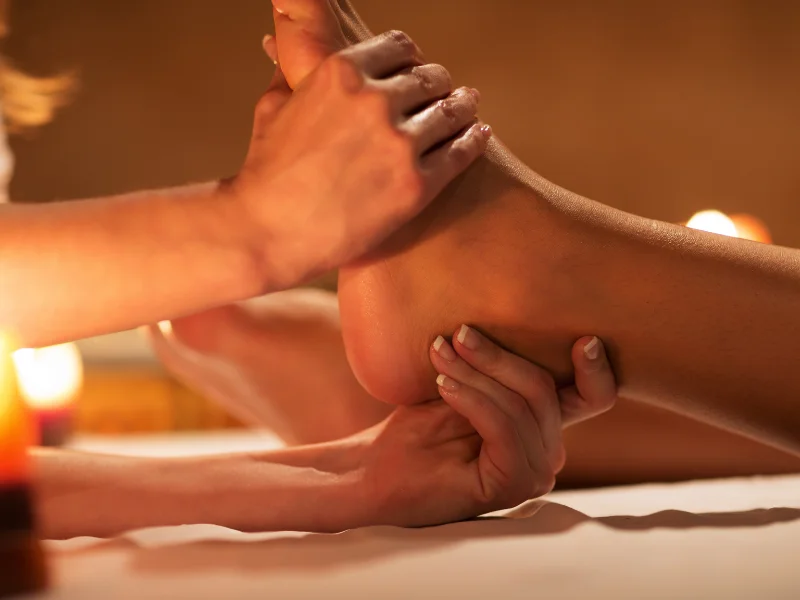
Foot massage is a simple and natural way to promote relaxation and enhance sleep quality. By applying pressure to specific points on the feet, foot massage can stimulate the nervous system, improve circulation, and release tension in the muscles.
One of the key benefits of foot massage for sleep quality is its ability to promote relaxation. Foot massage can help activate the parasympathetic nervous system, which is responsible for the “rest and digest” response in the body. This response helps slow down the heart rate, reduce blood pressure, and relax the muscles, all of which are important for falling asleep and staying asleep.
Foot massage can also improve circulation, which is essential for delivering oxygen and nutrients to the body’s tissues. By increasing blood flow to the feet and legs, foot massage can help reduce pain, swelling, and discomfort that can interfere with sleep.
In addition, foot massage can release tension in the muscles and promote the release of endorphins, which are natural painkillers and mood enhancers. This can help reduce stress and anxiety, both of which can interfere with sleep quality.
Several studies have supported the benefits of foot massage for sleep quality. For example, a study published in the Journal of Clinical Nursing found that foot massage was effective in reducing sleep disturbances and increasing sleep quality in older adults. Another study published in the Journal of Alternative and Complementary Medicine found that foot massage was effective in reducing anxiety and improving sleep quality in women undergoing chemotherapy.
In the next section, we’ll explore different techniques for foot massage and tips for incorporating foot massage into your bedtime routine.
Techniques for Foot Massage
Foot massage can be done using a variety of techniques, each with their own benefits and effects on the body. Here are some techniques for foot massage that you can try at home:
- Effleurage: This technique involves long, sweeping strokes along the length of the foot. It can help warm up the muscles and promote relaxation.
- Petrissage: This technique involves kneading and squeezing the muscles of the foot, similar to the way you would knead dough. It can help release tension and improve circulation.
- Friction: This technique involves using circular movements with the thumbs or fingers to apply pressure to specific points on the foot. It can help relieve pain and tension in specific areas.
- Vibrations: This technique involves using a vibrating or shaking motion to stimulate the muscles and nerves in the foot. It can help relax the muscles and promote circulation.
- Reflexology: This technique involves applying pressure to specific points on the feet that correspond to different organs and systems in the body. Reflexology can help promote overall health and wellness, in addition to improving sleep quality.
When performing foot massage, it’s important to start with gentle pressure and gradually increase as needed.
Use a massage oil or lotion to help reduce friction and enhance the massage experience. Be sure to focus on both feet, and spend extra time on any areas that feel particularly tense or sore.
In the next section, we’ll provide tips for incorporating foot massage into your bedtime routine to promote better sleep quality.
Other Tips for Improving Sleep Quality
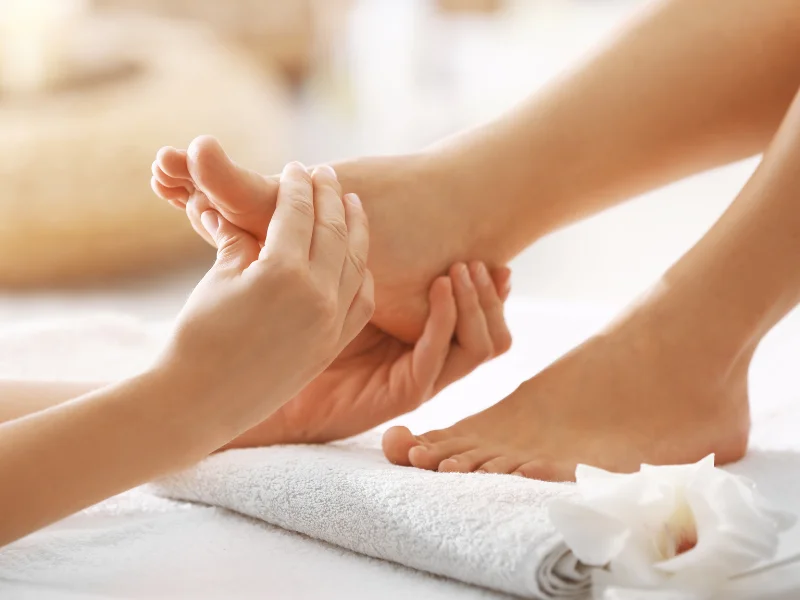
In addition to foot massage, there are several other things you can do to improve your sleep quality. Here are some tips to help you get a better night’s sleep:
- Stick to a regular sleep schedule: Try to go to bed and wake up at the same time every day, even on weekends. This can help regulate your body’s internal clock and improve the quality of your sleep.
- Create a relaxing bedtime routine: Develop a calming routine to help you wind down before bed. This could include taking a warm bath, reading a book, or practicing relaxation techniques like deep breathing or meditation.
- Create a comfortable sleep environment: Make sure your bedroom is cool, dark, and quiet. Invest in a comfortable mattress and pillows, and use blankets and sheets that feel cozy and comfortable.
- Limit screen time before bed: Exposure to the blue light emitted by electronic devices can interfere with the production of melatonin, a hormone that helps regulate sleep. Try to avoid using electronic devices for at least an hour before bed.
- Avoid caffeine and alcohol: Caffeine can disrupt sleep, so it’s best to avoid consuming it in the late afternoon and evening. Alcohol can also interfere with sleep quality, so try to limit your intake or avoid it altogether.
By incorporating these tips into your daily routine, you can improve your overall sleep quality and enhance the benefits of foot massage for better sleep.
Conclusion
In conclusion, foot massage can be a simple and effective way to promote relaxation and improve sleep quality. By applying pressure to specific points on the feet, foot massage can stimulate the nervous system, improve circulation, and release tension in the muscles.
By combining foot massage with other healthy sleep habits, you can create a bedtime routine that promotes deep, restful sleep and enhances your overall health and wellbeing.



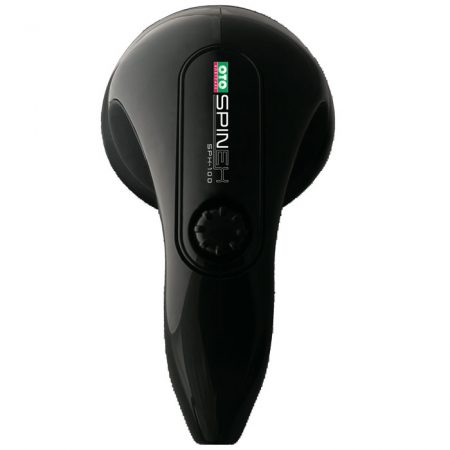


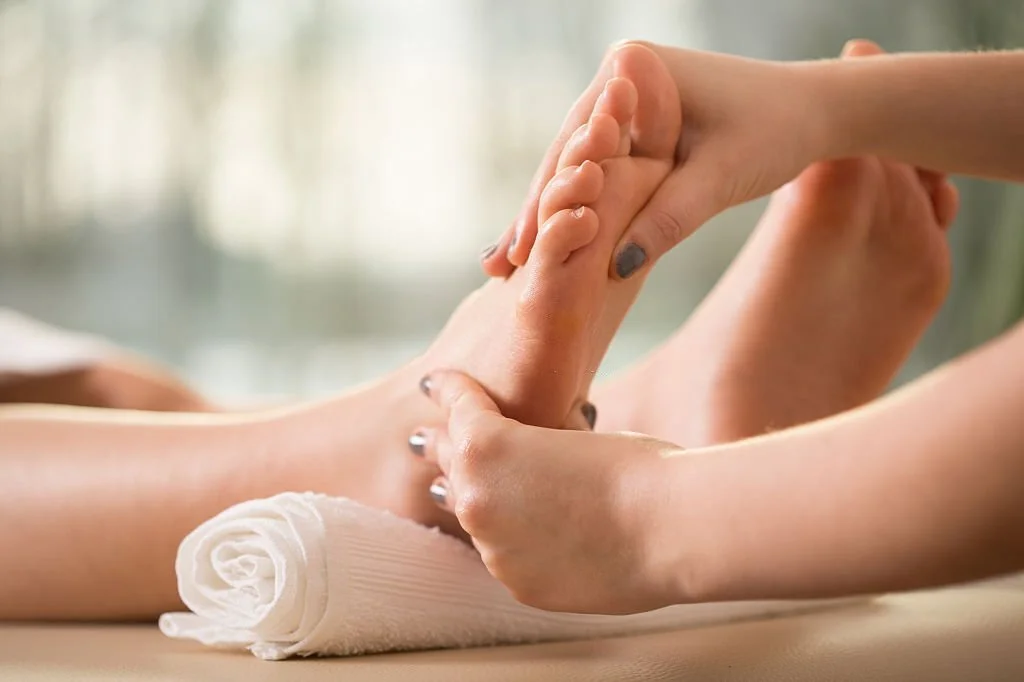
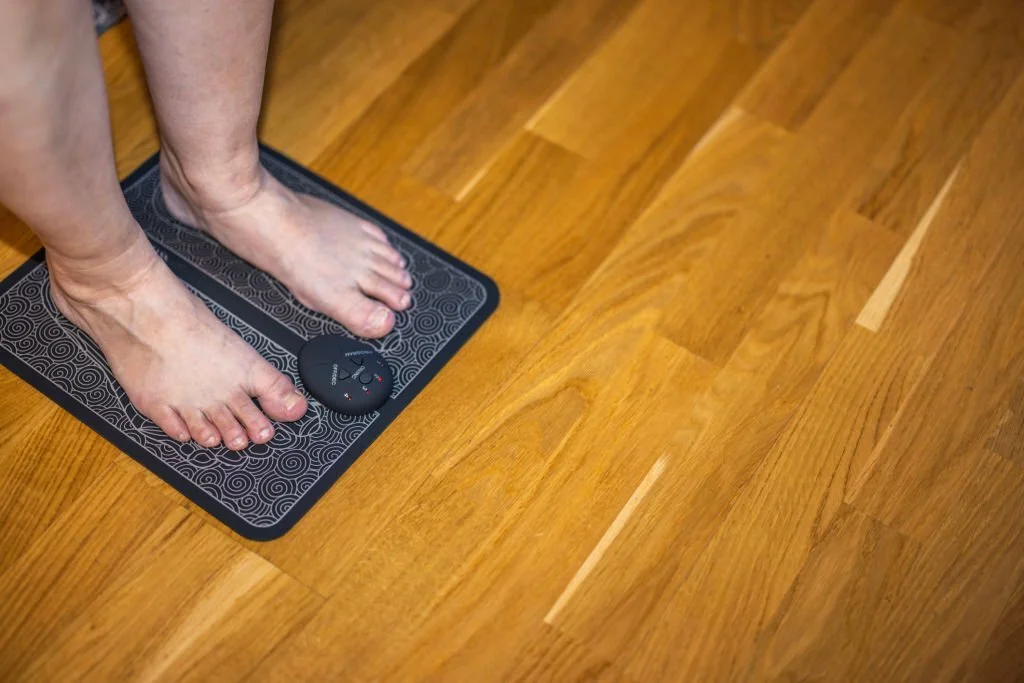
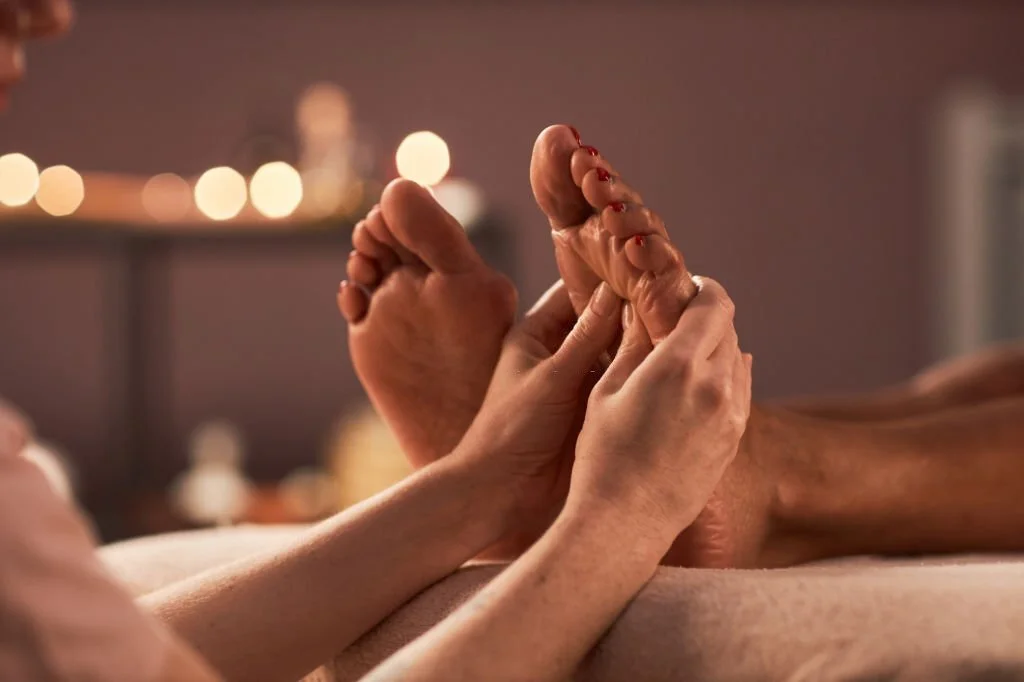
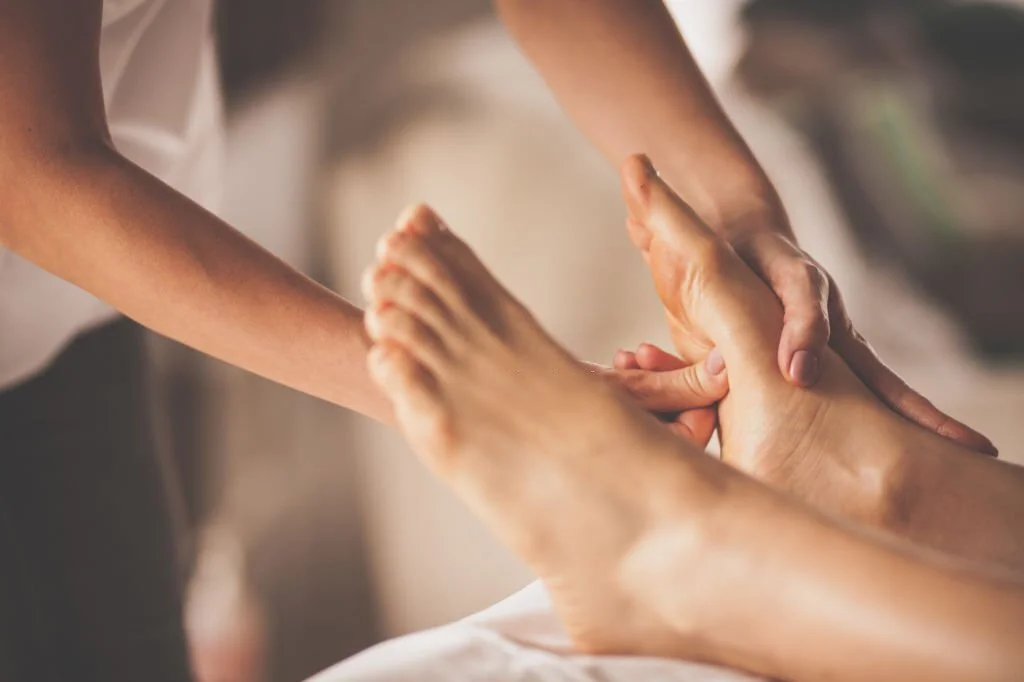

Leave a comment